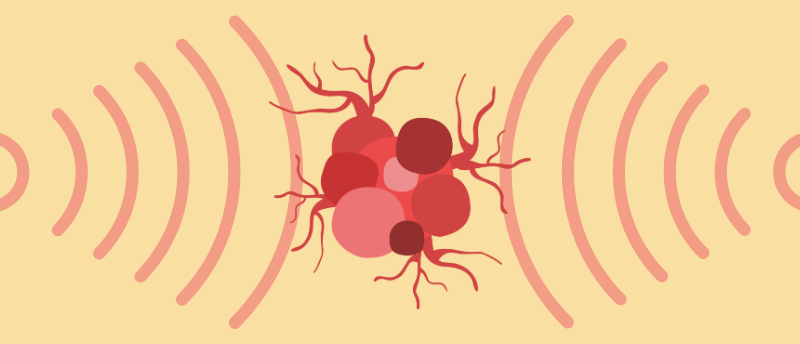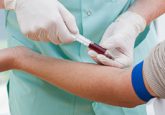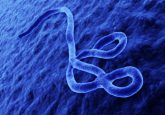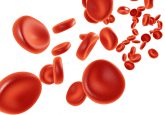Detecting tumor markers with point-of-care biosensing platform

An innovative biosensing platform has been developed to detect tumor markers in saliva.
Researchers from the Department of Applied Physics and the Research Centre for Nanoscience and Nanotechnology at The Hong Kong Polytechnic University (Hung Hom, Hong Kong) have developed a novel intelligent biosensing platform for point-of-care detection of tumor markers. The platform’s non-invasive, portable and innovative design make it a convenient and highly sensitive detection system, which could have significant implications for cancer screening and monitoring.
Carcinoembryonic antigen (CEA) protein is a glycoprotein that is often present at elevated levels in adults with certain cancers, making it a common biomarker to look out for when conducting diagnostic tests. Previous tests aiming to detect tumor markers — like lateral flow assay strips, in vivo imaging and biopsies — are either invasive, have high detection costs or lack sensitivity. This led a team of researchers to design a novel biosensing platform that can detect CEA protein in saliva samples.
The platform has three innovative features that facilitate its highly accurate biosensing function: luminescent nanoparticles, a microfluidic biochip and a machine vision algorithm. The luminescent nanoparticles are quantum dots modified with antibodies that have bright photoluminescent properties and serve as the optical labeling agents for detecting tumor markers. These nanoparticles are mixed with the saliva sample containing CEA protein before being injected into the biochip, which separates and concentrates target biomarkers. UV light irradiation is used to activate the luminescent signals of the conjugated particles. Finally, biochip images capturing these luminescent signals are analyzed by the machine vision algorithm, enabling the rapid delivery of diagnostic results to a smartphone.
You may also be interested in:
- Go with your gut: novel biosensor SENSBIT mimics the gut’s defenses
- Goodbye Cells, Hello Nanoparticles
- A device that monitors health by wrapping around your finger? No sweat
The team tested their technology on human-sourced, artificial saliva samples, finding that the platform outperformed lateral flow assay strips in terms of detection limit; the platform demonstrated a detection limit of approximately 0.021 ng mL-1 for CEA protein concentration. Although further research is needed to prepare and expand the platform for use in diagnostics, this work stands as a proof of concept for the novel platform, recognizing its potential to streamline early CEA protein screening as well as screening for other tumor markers and healthcare diagnostics.






